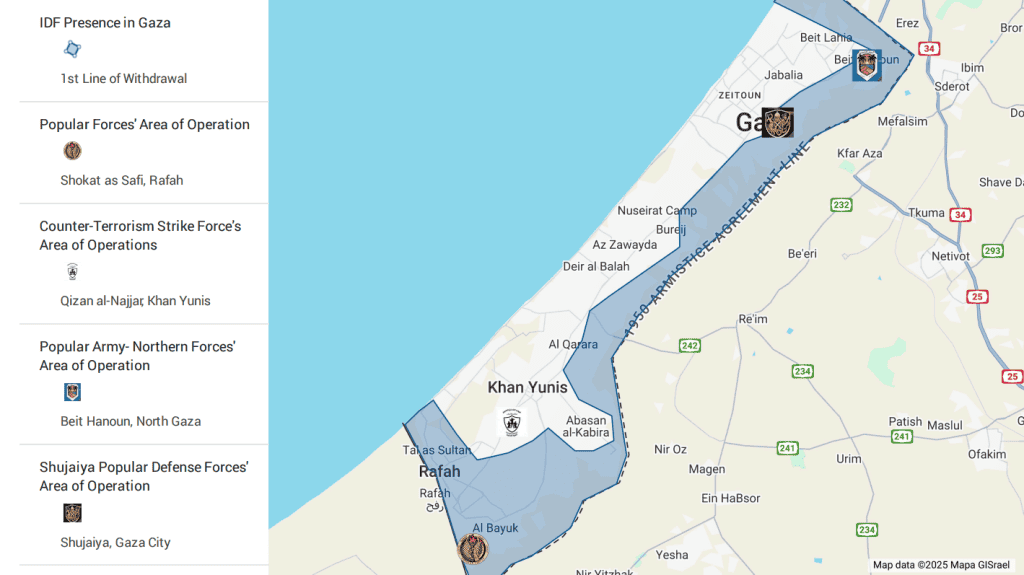
To weaken Hamas’s grip on the Gaza Strip, the Israeli government initiated a campaign to arm rival groups within the enclave, Israeli Prime Minister Benjamin Netanyahu acknowledged in June. The first of these groups, the Popular Forces led by Yasser Abu Shabab, surfaced in May as a direct challenge to Hamas’s authority. Backed by Israeli funding and logistical support, additional anti-Hamas militias soon emerged, seeking to erode Hamas’s control from within. These groups, particularly the Popular Forces, have complicated Hamas’s internal governance and drawn retaliatory attacks.
Below, FDD’s Long War Journal outlines the principal anti-Hamas factions currently active in the Gaza Strip, including details about their leadership, size, and operations.
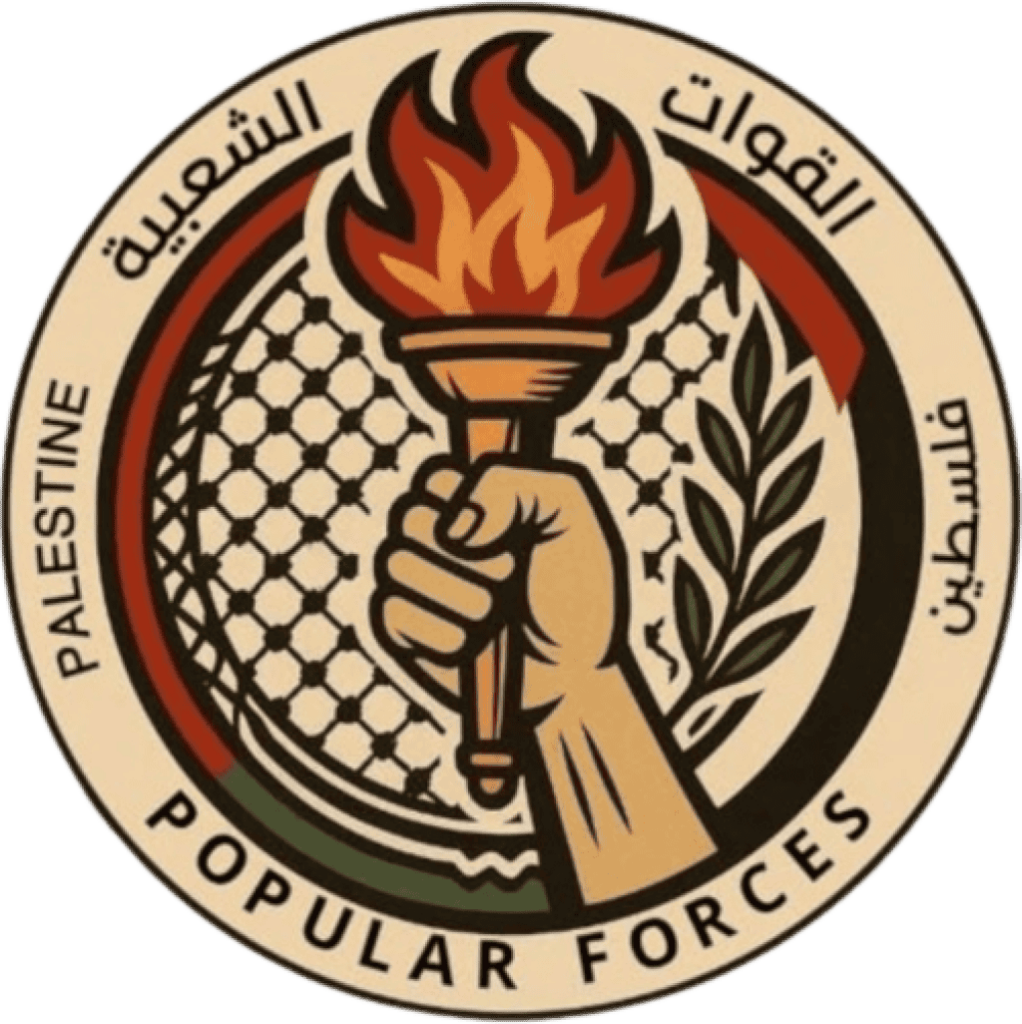
The Popular Forces
Size: 500-700 fighters
Area of operation: Rafah, Gaza Strip
Leader: Yasser Abu Shabab, who is a member of the Bedouin Tarabin tribe, was reportedly jailed before the war by Hamas for criminal offenses. Shabab has also been accused of leading a gang that stole aid from trucks.
Deputy commander: Ghassan Duhine, also a member of the Tarabin tribe. Pro-Hamas media outlets claimed that Duhine was a member of the Palestinian Authority’s security forces and a former fighter of the Salafist-jihadist group the Army of Islam. In addition, he reportedly spent time in jail for multiple criminal offenses, including drug trafficking.
Additional info: The Popular Forces emerged in early 2025 as an anti-Hamas faction. The group presents itself as a civilian movement formed to protect Palestinians, secure humanitarian aid, and restore order amid the war’s chaos. In one of its first known offensive against the ruling Islamist group, the Popular Forces claimed responsibility for an assault on a Hamas position at the Khan Younis University College of Applied Sciences. The Popular Forces alleged that Hamas’s Arrow Unit was hoarding confiscated aid there. Hamas responded by branding the group as a front for Israel. Israeli Prime Minister Benjamin Netanyahu appeared to reinforce this suspicion when he acknowledged that Israel had provided weapons to clans opposing Hamas.
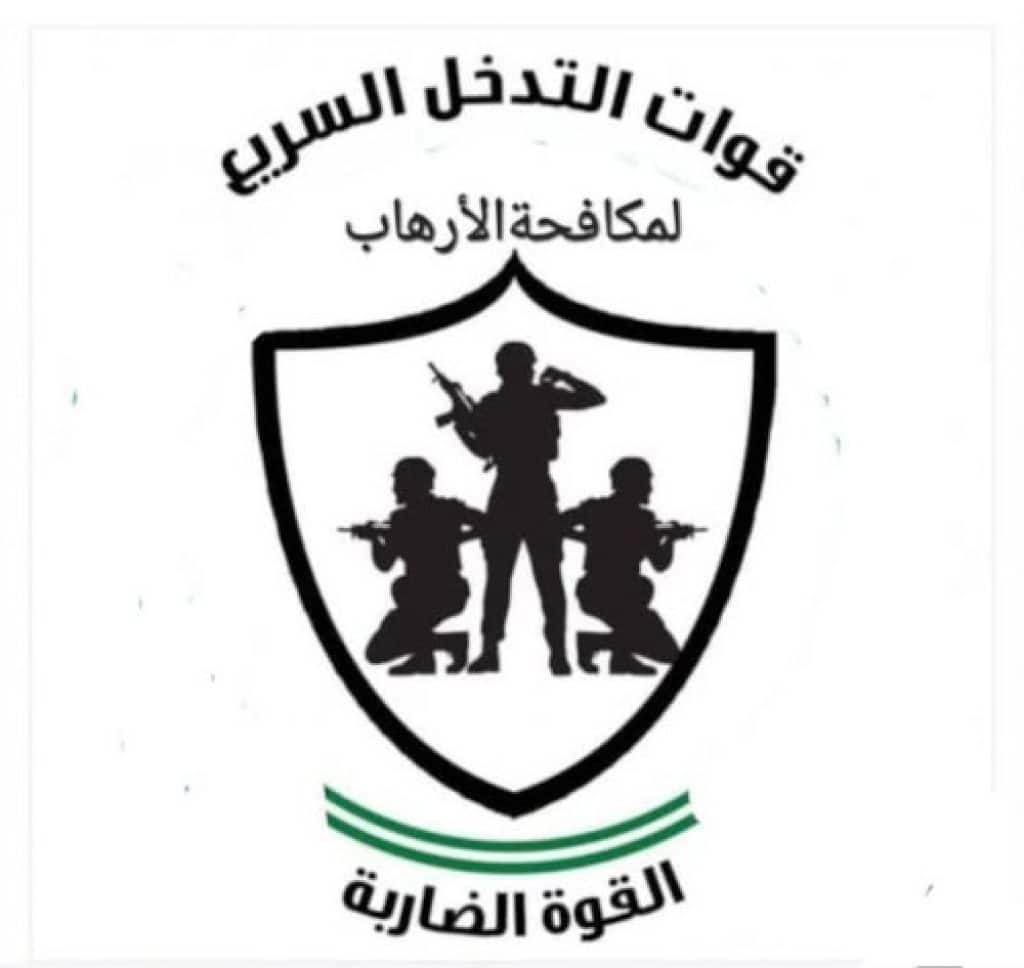
Counter-Terrorism Strike Force
Size: ~40 fighters
Area of operation: Qizan al Najjar, Khan Younis Governorate, Gaza Strip
Leader: Husam al Astal, a former officer in the Palestinian Authority’s Preventive Security Service, was accused by Hamas of involvement in the 2018 assassination of Hamas-affiliated engineer Fadi al Batsh.
Additional info: Astal was previously associated with Yasser Abu Shabab’s Popular Forces, from which he reportedly broke away to form his own unit. On August 21, Astal announced the formation of the Counter-Terrorism Strike Force on Facebook. In a show of support, Ghassan Duhine, the deputy leader of the Popular Forces, commented, “All the support, my brother commander Husam. One body, one road, one weapon; we will eradicate terrorism.”
In his role as leader, Astal has described himself as a “protector of civilians” and the founder of a safe humanitarian zone free from Hamas’s control. He has called on families and displaced civilians to take shelter under his protection.
Astal has used social media to recruit Gazans to fight against Hamas and instructed those who are interested to contact him via WhatsApp. Based on Astal’s social media posts, most of the militia’s leadership appears to be members of his family, some of whom have been affiliated with Fatah.
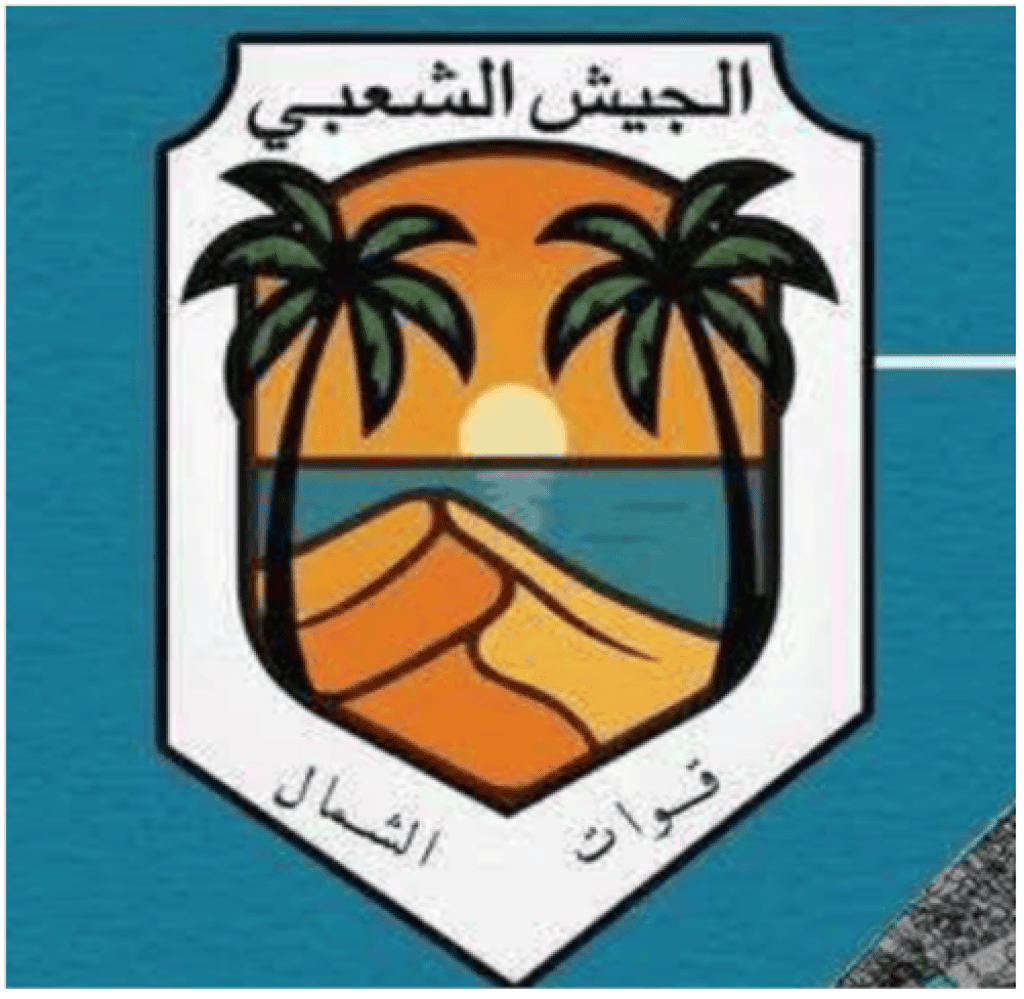
Popular Army-Northern Forces
Size: ~40 fighters
Area of operation: Beit Hanoun, North Gaza Governorate, Gaza Strip
Leader: Ashraf al Mansi. There is no reliable publicly available biographical information on this individual.
Additional info: Ashraf al Mansi’s militia has established a base of operations in an abandoned school roughly 500 meters inside the Israeli-controlled zone of northern Gaza.
Hamas has accused Mansi and his fighters of serving as informants for Israel’s Shin Bet intelligence agency and described them as “criminals involved in the drug trade.” A source aligned with Hamas claimed that “Al Qassam fighters [Hamas]” engaged in clashes with Mansi’s faction in the Jabalia and Beit Lahia areas—a report echoed by social media accounts on October 10. Four days later, on October 14, Mansi published a video denying that a Hamas crackdown had occurred and declaring that his forces had seized control of several areas in northern Gaza.
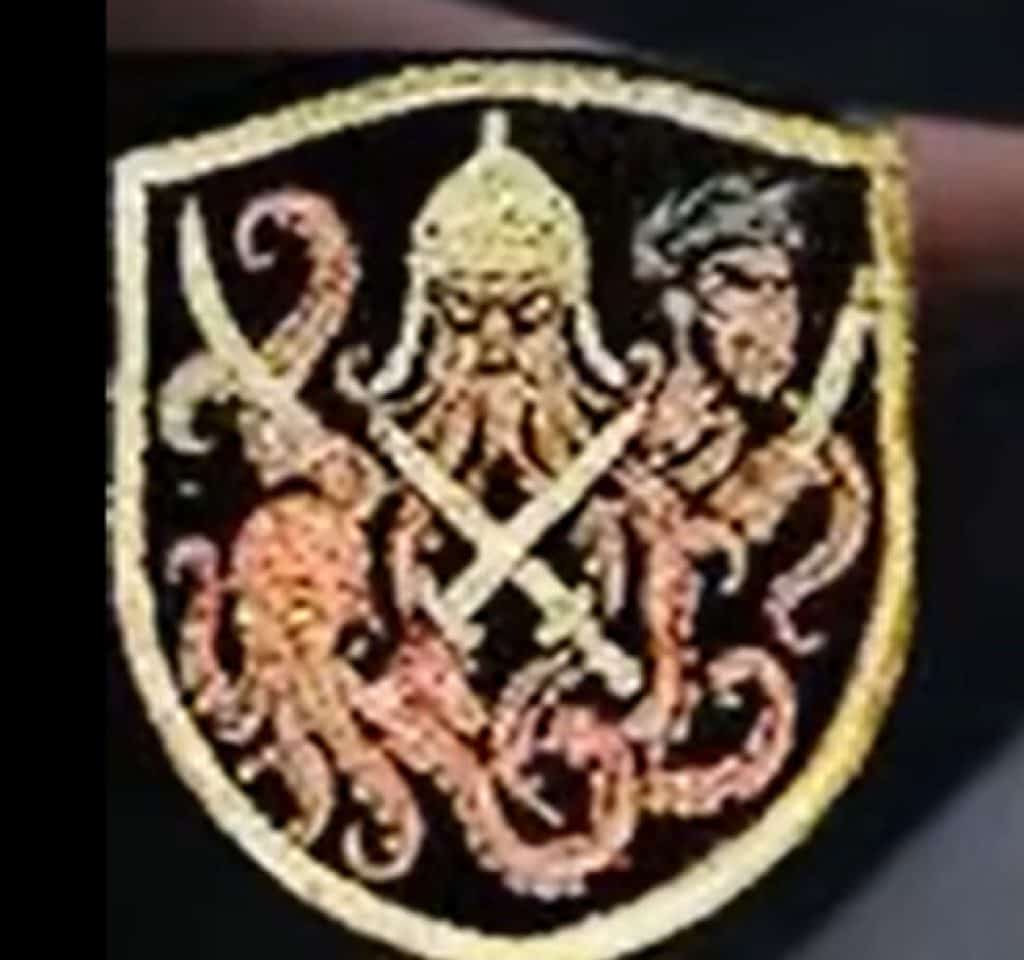
Shujaiya Popular Defense Forces
Size: Tens of members of the Hilles clan
Area of operation: Shujaiya, Zeitoun, and Tuffah, Gaza Governorate, Gaza Strip
Leader: Rami Hilles—a member of Fatah, according to pro-Hamas media, and a former member of the “Presidential Security Services.” Hilles is a resident of the Tel al Hawa suburb of Gaza City.
Additional info: Gaza’s Hilles family, long aligned with Fatah, has a history of friction with Hamas dating back to the Islamist group’s 2007 takeover of the Strip. Clashes between Hilles loyalists and Hamas forces reportedly intensified after Hamas launched a post-ceasefire purge targeting rival factions. Pro-Hamas media claimed that on October 13, the organization’s security units arrested and killed several Hilles family fighters.
Adding to speculation of outside support, Israel’s Ynet reported that Rami Hilles had received operational assistance from the Israel Defense Forces.
Despite the Hilles clan’s contentious history with Hamas, its leadership structure has sought to distance the family from the Popular Defense Forces, essentially framing Rami Hilles and other militia members as a rogue faction. On September 22, the Hilles clan stated that it denies any ties to Rami Hilles and reaffirms its commitment to the Palestinian national cause.
Ahmad Sharawi is a research analyst at the Foundation for Defense of Democracies focused on Iranian intervention in Arab affairs and the Levant. Joe Truzman is an editor and senior research analyst at FDD’s Long War Journal focused primarily on Palestinian armed groups and non-state actors in the Middle East.
